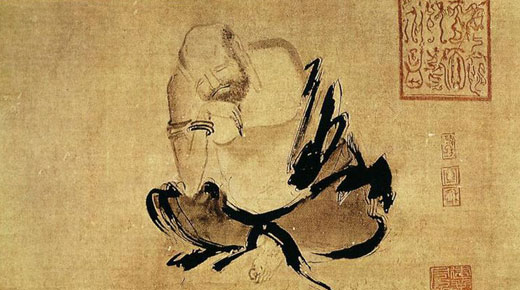I came across an interesting phrase recently. I was reading Kozo Saito’s paper, “Hitozukuri and Monozukuri,” and I saw the phrase “kufu eyes.” Kufu is a Japanese word that means “to seek a way out of a dilemma.” This is very well explained in Daisetz T. Suzuki’s wonderful book, Zen and Japanese Culture (Princeton University Press, 1970). Suzuki talks about kufu in three sections of the book, and each time he adds a little more detail.
|
ADVERTISEMENT |
“Kufu is not just thinking with the head, but the state when the whole body is involved and applied to the solving of a problem,” says Suzuki.
…

Add new comment